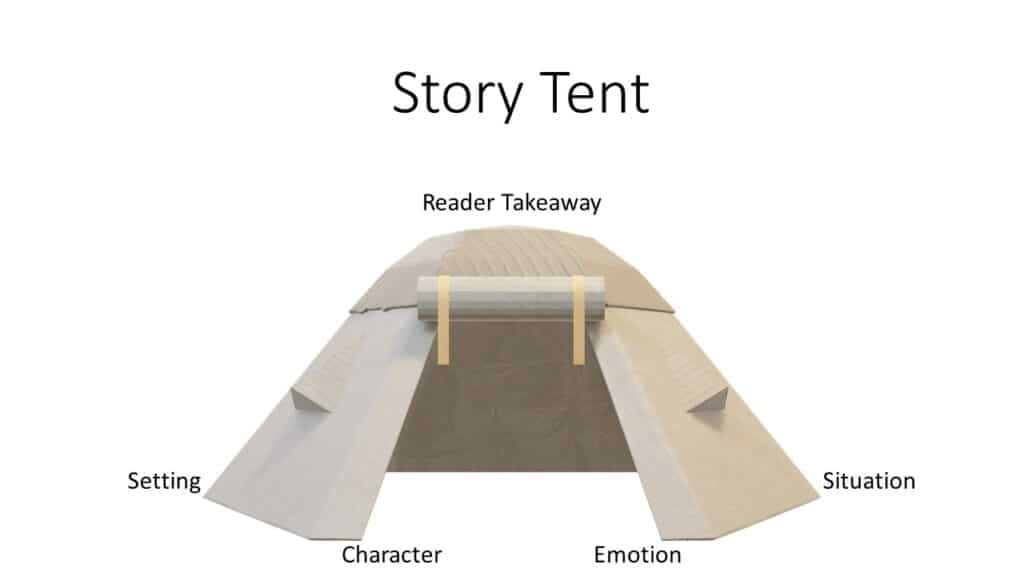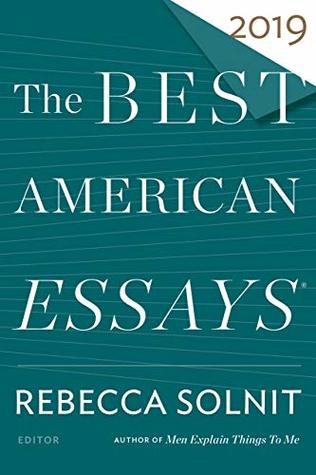Story Tent
Gaining the Reader’s Interest in Your Story
I came to fiction writing after a lifetime of focus on science, math, and computers. That’s my way of saying that I didn’t learn the craft of storytelling by direct instruction or by assimilating unconscious lessons through reading great works and discussing what makes them great.
My stories are not always successful. In the beginning, I didn’t understand that fiction readers aren’t like scientists who must work their way through mucky articles because the information is valuable. Nor are fiction readers like workers in a field who realize they must read closely to master their jobs.
No. Readers of fiction need to be enticed, cajoled into reading your story.
If writers consider the story tent when an idea first occurs to them, they can make sure intended readers will be drawn into the story. The story tent is held aloft by four posts: character, situation, setting, and emotion. Use them wisely and your audience will read to the story’s end.
Story Tent Contract
As a writer, our story must deliver on the reader’s expectation by fulfilling the story contract. I do faithful swear to help the reader feel what it’s like in my constrained story world.
Satisfying the Tent Posts
- Ensure the protagonist is a character the reader can understand and identify with (or hate).
- The situation must present a decision or dilemma that the target reader will enjoy confronting.
- Make the setting sufficiently detailed so it can carry the story and satisfy the reader’s desire for escapism.
- The story resolution must deliver satisfying relief of a primary emotion, such as love or curiosity.
- The theme should be concerned with an important issue of life’s challenges. It should either highlight an unexplored issue or resolve the story challenge by revealing a new aspect of the theme.
Wrap Up
As with most writing advice, the story tent presumes it’s sacrosanct. But that’s just a guise to remove the mushy words—may, can, might, perhaps, most. In actual stories, one story post may shoot above the others, yet another might be less broadly developed yet be solid as concrete. Be aware of the choice you are making.
In conclusion. Before your final draft, before your first draft, consider the story tent and earn your audience’s interest.



